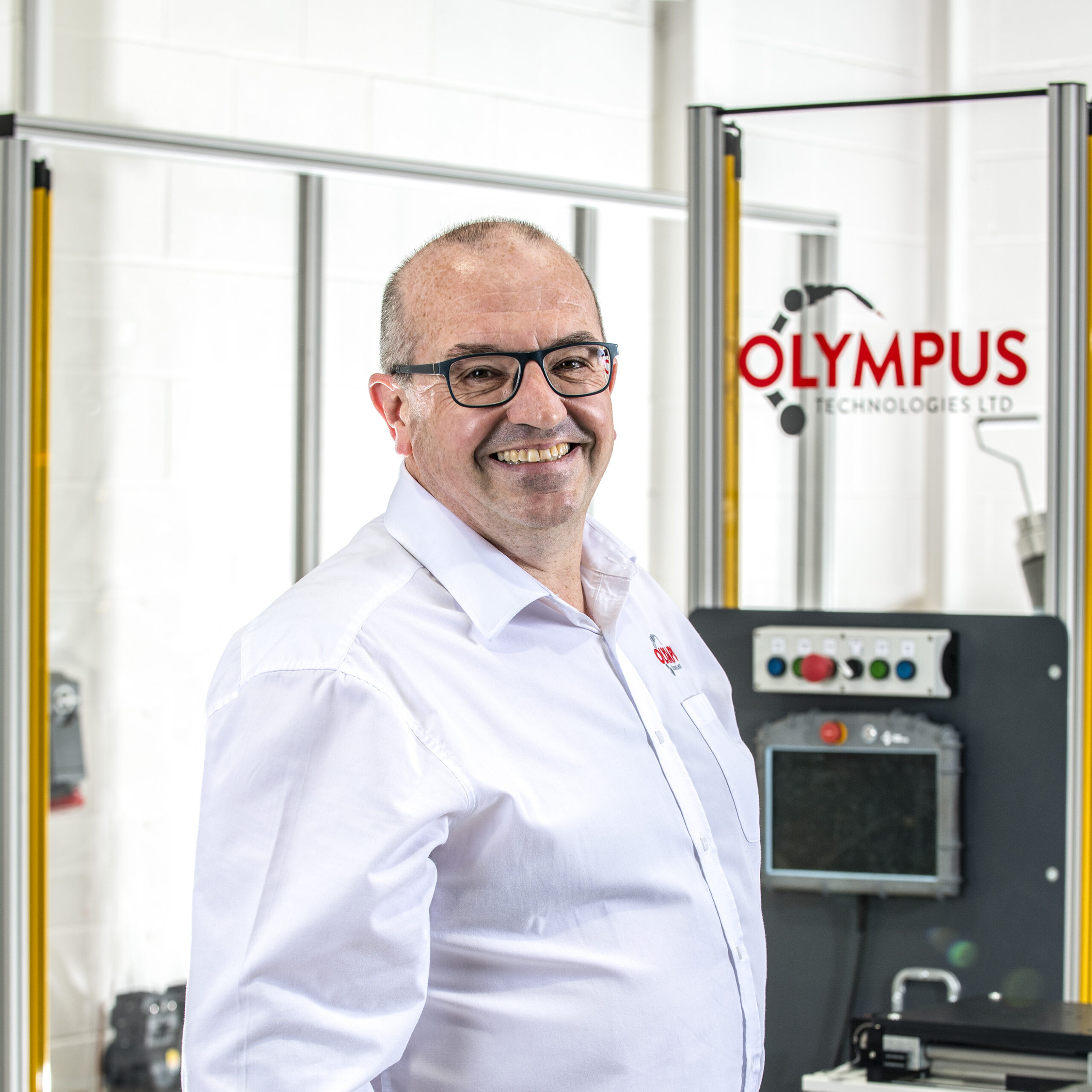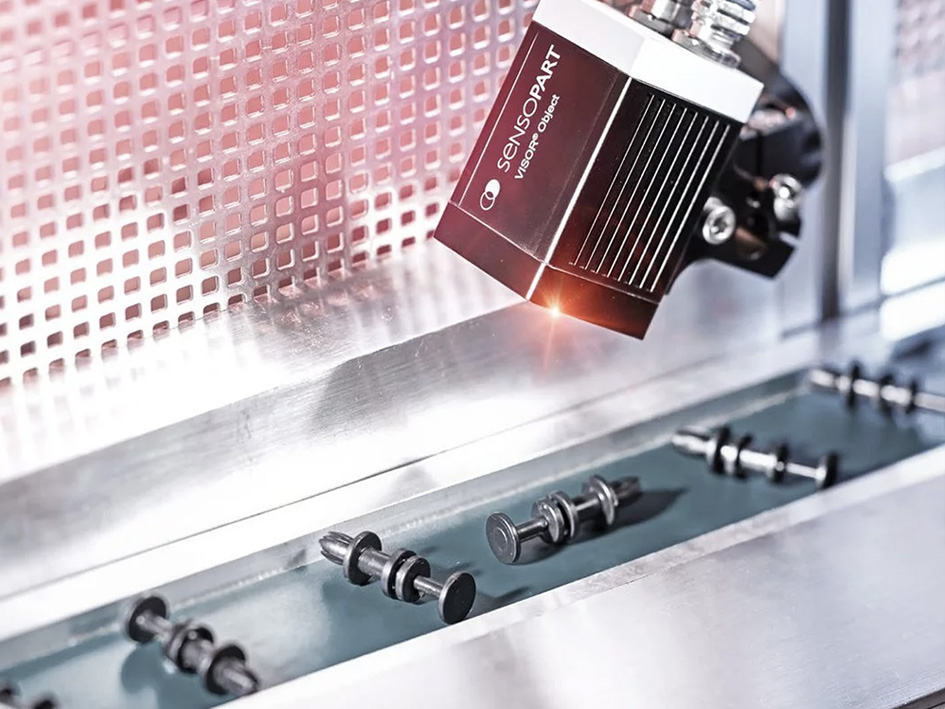How to increase production, reduce downtime, and save time
When a CNC machine stops, profit stops. In modern manufacturing, downtime is more than an inconvenience. It is a direct hit to cost, schedule, and customer trust. Rising customer demand, tighter lead times, and labour shortages mean continuous running is now critical. Forward-thinking manufacturers use collaborative robots to automate machine tending, remove delays, and enable lights out production.
This guide explains how UR cobots and integrated systems keep CNCs cutting, turning, and milling through the night with minimal human intervention.
What is cobot machine tending
Machine tending loads materials, starts the cycle, monitors the machine tool, and removes finished products. Traditionally this needed constant supervision by an operator, often across multiple shifts. A cobot changes the equation. Collaborative robots work safely beside human workers, are quick to program, and are easier to integrate with existing machinery than many legacy automated machine cells.
Paired with computer numerical control (CNC) equipment, a cobot becomes a flexible machine tending solution that is capable of 24/7 lights out running with repeatable quality and reliable cycle control.
Where cobot machine tending is used
Cobot tending fits many industries and specific applications where speed, precision, and efficiency are critical:
- Turning centres
- Milling machines
- Grinding stations
- Laser cutting systems
- Multi-axis machine tools and CNC lathes
Olympus Technologies provides practical integration across these platforms and tailors each system to the application so you obtain stable performance from day one.
Why UK manufacturers are turning to CNC automation
Several forces are accelerating CNC automation in the UK:
- Acute labour shortages and rising wage costs
- Higher customer demand for faster delivery
- The push for 24/7 production without night shifts
- A shift to high mix, low volume work where quick changeover is essential
For many firms, automation is no longer optional. It is how a company stays competitive and protects resources, money, and schedule.
Key benefits of cobot machine tending
Deployed correctly, a tending solution improves the manufacturing process end to end.
| Feature | Manual process | Cobot solution | Key benefit |
|---|---|---|---|
| Labour | Requires a full-time operator | Minimal human intervention | Save time and reduce cost |
| Cycle time | Inconsistent with fatigue | Precise, repeatable cycles | Better productivity and quality |
| Safety | Physical strain and risk | Cobots meet safety standards | Protect employees |
| Data | Limited or none | Real-time tracking with software | Enables optimisation |
| Space | Larger manual cells | Compact, integrated setups | Ideal for SMEs |
| ROI | Ongoing labour cost | Typical payback in 18 to 24 months | Fast return on investment |
Beyond the table, cobots also increase production during unattended shifts, lower scrap and rework, improve quality assurance through repeatability, and support remote monitoring and diagnostics.
Why Olympus Technologies
Choose a partner that understands operations as well as technology:
- UK-based team of engineers for onsite and remote support
- Rapid deployment with minimal disruption to your business
- Compact cells that fit existing bays and tools
- Custom end-of-arm tooling with sensors and vision
- Proven work across machining, press brake automation, and other systems
What is included in a machine tending system
A complete cell from Olympus typically includes:
- A UR cobot or equivalent robot
- Custom EOAT with sensors, vision, and measuring capability
- Full integration with your CNC and machine tool controls
- Intuitive software for part recognition, cycle control, and data capture
- A bespoke cell layout for a compact, efficient footprint
Each component is built for flexibility so future changeovers and part program updates remain simple.
From planning to production: the process
- Audit and assessment. We assess current machines, workflows, and changeover time.
- System design. We create a layout that fits your space and production goals.
- Installation and integration. The robot, tools, and software are configured and tested.
- Training and go-live. Your operators learn safe operation and routine tasks.
- Ongoing support. Remote diagnostics and scheduled service keep the cell running.
This turnkey path keeps your team focused while the solution comes online.
Enabling lights-out production
With a cobot in place, machines can run unattended at night, at weekends, or across full shifts. Benefits include:
- Reduced downtime and idle equipment
- Stable throughput without shift gaps
- Better use of people and machinery
- Scalable production that meets spikes in customer demand
Cobot cells excel in high mix environments where switching parts and programs is routine.
Maximising uptime and efficiency
To get the most from your cell:
- Monitor real-time data to spot bottlenecks
- Perform updates and preventive maintenance during cobot idle cycles
- Balance tasks between robots and employees based on complexity
- Schedule changeovers to minimise transition lag
Olympus also provides optional remote diagnostics that help perform fixes before they disrupt operations.
“We went from two shifts to 24/7 production using one robot. Olympus made it plug and play. We were live in under a week.” UK manufacturer
ROI snapshot: cost and payback
Investment: about £75,000 for robot and integration
Annual benefit: about £40,000 in labour savings and roughly 20 percent more throughput
Payback period: typically 18 to 24 months
Additional value comes from faster delivery, less scrap, fewer errors, improved job satisfaction as operators move to higher-skill roles, and long-term adaptability as the system evolves.
Looking ahead: the future of CNC automation
Emerging trends include vision-guided picking that adapts to part position, IoT-connected equipment for predictive diagnostics, AI that optimises program flow in real time, and modular cells that upgrade without a full rebuild. Olympus is developing solutions around these technologies so your automation keeps pace with the future.
Get started this week
- Review current CNC usage and downtime
- Consult your production or automation team
- Contact Olympus Technologies for a free site consultation
Let cobots handle repetitive tasks like loading, unloading, and simple inspection while your people focus on other areas that need skill and judgement.
FAQs
How does cobot machine tending reduce downtime
Cobot tending removes manual delays and keeps machines running continuously, even overnight. This raises utilisation and protects the schedule.
Can lights-out manufacturing work for high-mix production
Yes. Modern cobots are built for flexible manufacturing, fast changeover, and compact integrated cells, which suits high mix and short runs.
What ROI can manufacturers expect
Most manufacturers see payback in 18 to 24 months from lower labour cost, faster parts, and fewer errors.
Do I need to replace my existing CNC machines
No. Olympus integrates with your existing systems, tools, and controls. The aim is to complement your manufacturing process, not replace it.
Any example results
A typical company that adopts a cobot tending system will increase production, cut changeover time, and improve quality. Many report stronger support, easier program updates, and better reliability within the first quarter.














